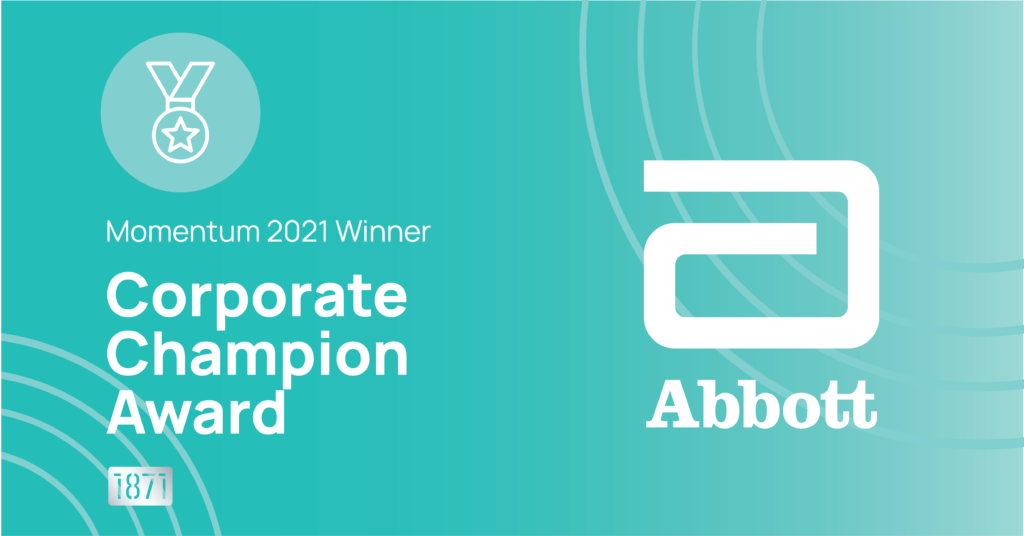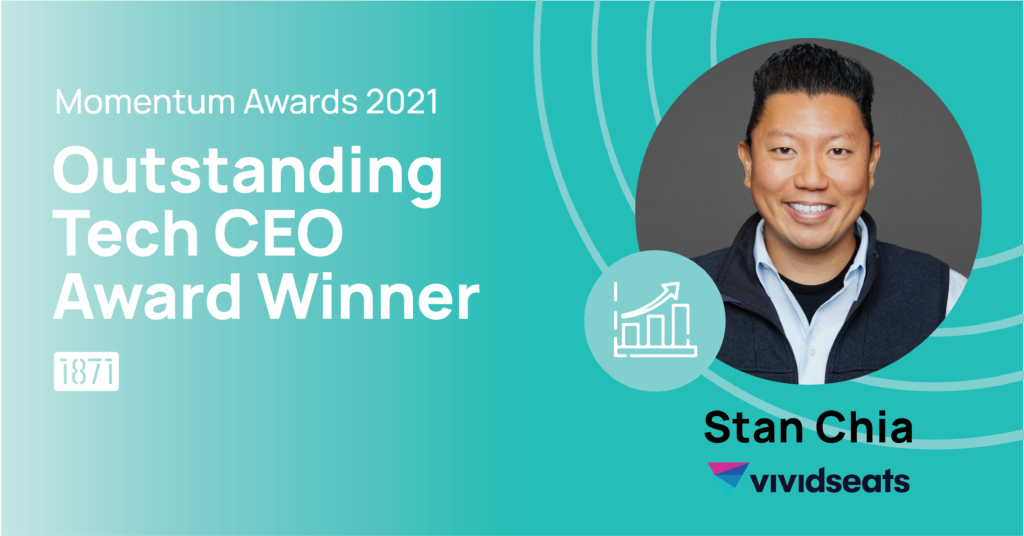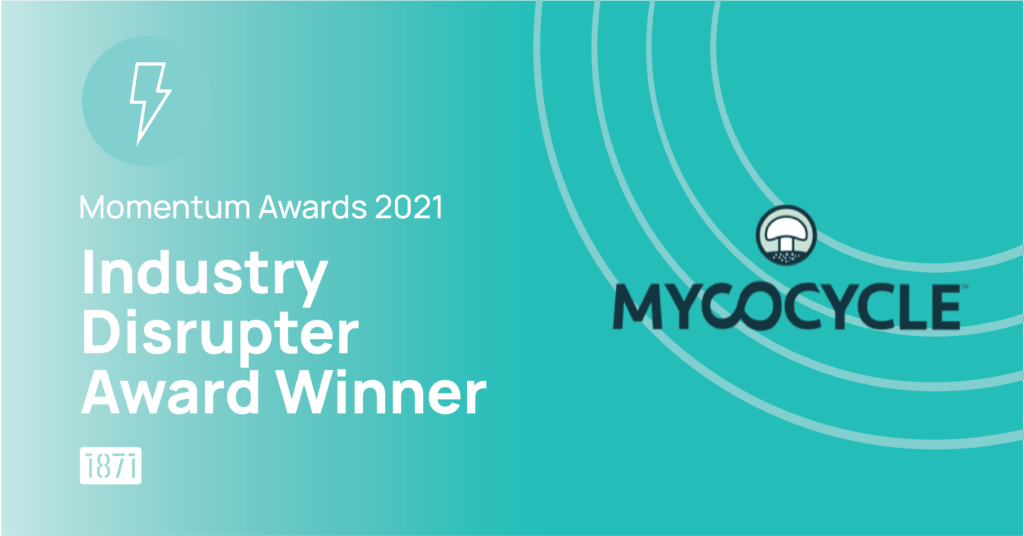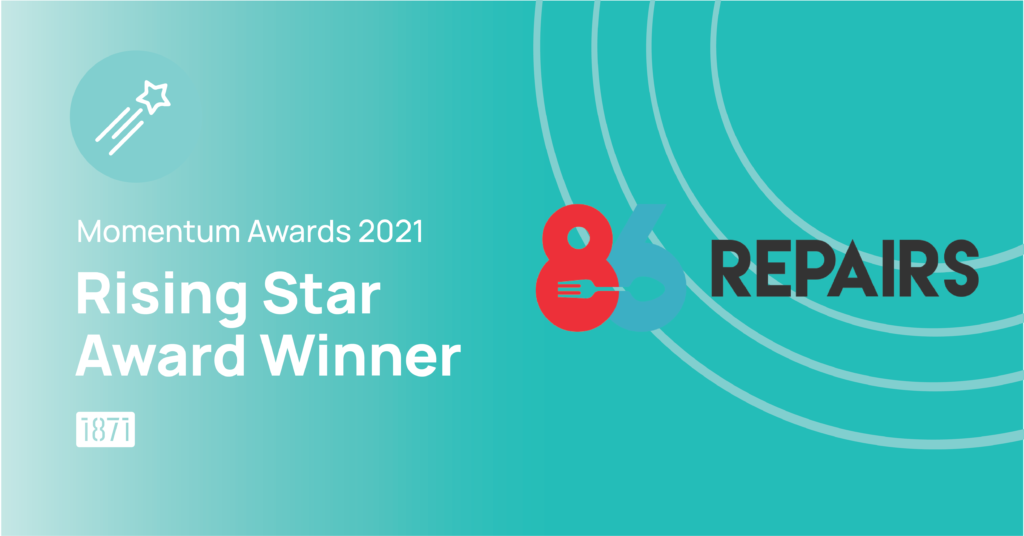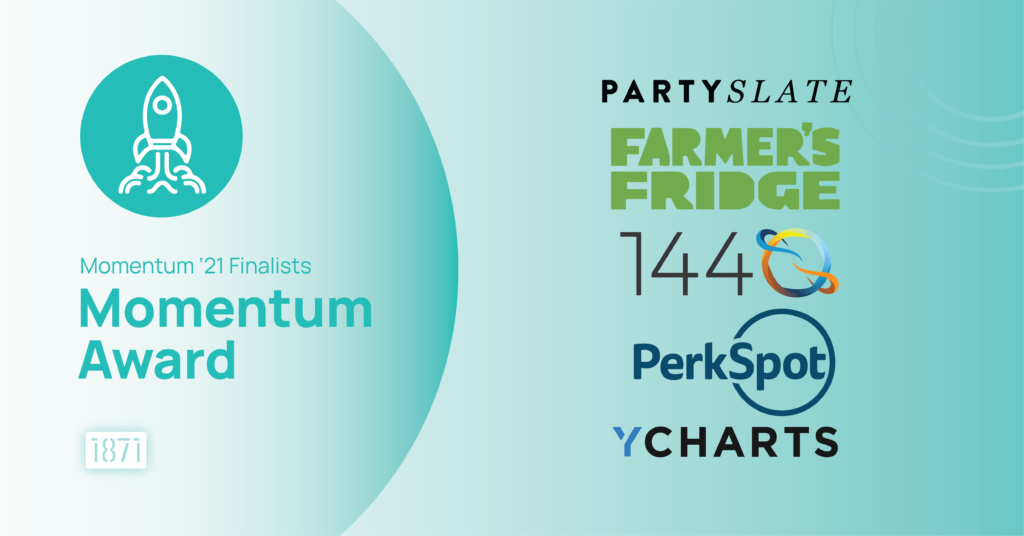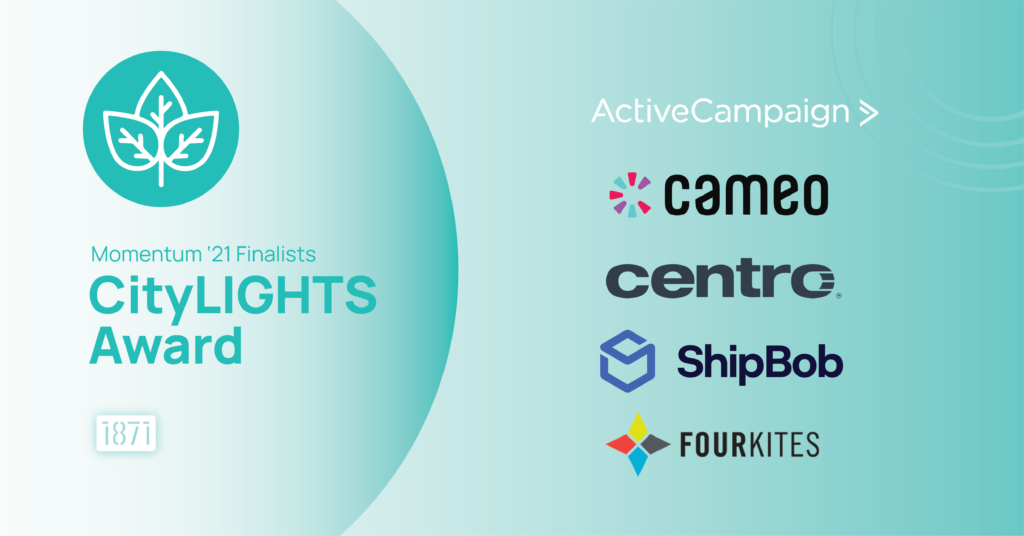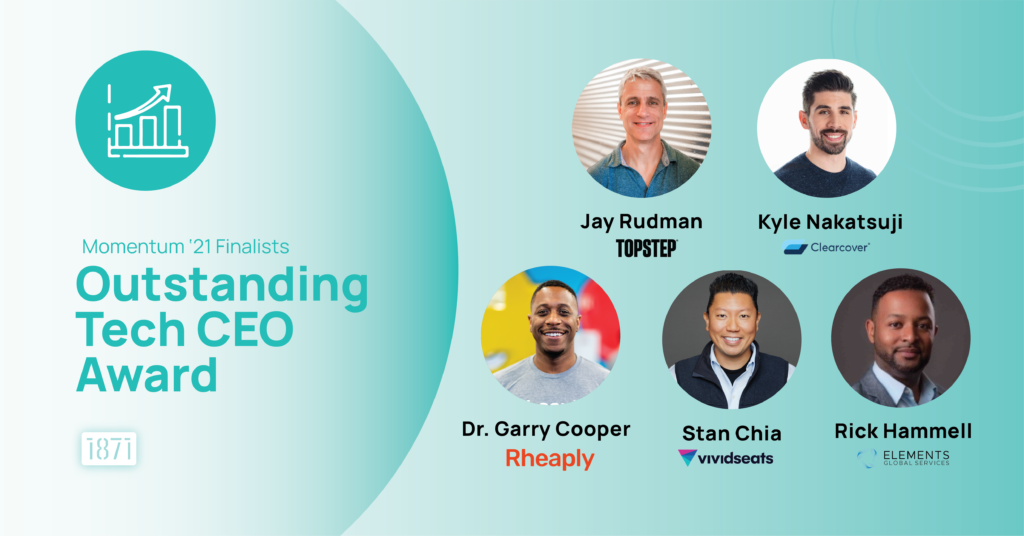Robots that can pitch in to help people in manufacturing, warehousing and logistics environments are finding a welcome audience. (“You mean I don’t have to push a heavy cart for 14 miles a day in a 100-degree warehouse anymore? And you mean I can close the labor shortage and increase productivity? When do the robots start?”)
That’s why robotics automation is one of the fastest moving markets today, according to Jim Lawton, Vice President and General Manager of Zebra’s Robotics Automation Business, and Melonee Wise, the former CEO of Fetch Robotics and now Vice President of Robotics Automation at Zebra.
Collaborative robots like Fetch autonomous mobile robots (AMR) are a win-win for workers and employers. Front-line teams are seeing the benefits of robot co-workers. They can delegate the heavy lifting – or pushing – to an AMR or other automation system versus having to physically exert themselves for hours on end. As a result, they can focus on the task at hand better, solve problems as they arise and ultimately get more work done.
So, Zebra decided to make a big move to help customers move more quickly on the path to operations automation. That’s where Fetch comes in.
Listen to this 15-minute interview with Jim and Melonee now to find out why Zebra chose to acquire Fetch versus another robotics company and where the two companies plan to go (together) from here:
Listen to the interview here!
Don’t have time now? Just download now and tune in later. You’ll want to hear:
- how Melonee – a mechanical engineer by trade – ended up at the helm of an industry-leading robotics firm.
- why Melonee subscribes to the philosophy of “extreme transparency.”
- why Zebra and Fetch aren’t as worried about what’s on the roadmap as much as what’s not on the roadmap yet.
- why every organization with material handling, warehousing and logistics workflows should be adopting robotics automation as a valuable solution to current problems – including smaller companies.
Originally published here!

